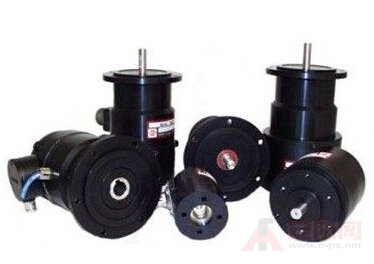[
Huaqiang Security Network News ]
China Security Network Xiaobian This article is to introduce you to the working principle of the encoder.
How the encoder works
An optical code disc with a shaft at the center, with an annular pass and a dark engraved line, read by a photoelectric transmitting and receiving device, and four sets of sine wave signals are combined into A, B, C, D, each sine wave A phase difference of 90 degrees (360 degrees relative to a cycle), reverse the C and D signals, superimposed on the A and B phases to enhance the stable signal; and output a Z-phase pulse per revolution to represent the zero reference Bit.
Since the two phases A and B are 90 degrees out of phase, the encoder can be obtained by comparing the A phase before or the B phase to determine the forward and reverse rotation of the encoder, and the zero reference pulse can be used to obtain the zero reference position of the encoder. The material of the encoder code disc is glass, metal and plastic. The glass code disc is deposited on the glass with a very thin engraved line. The thermal stability is good and the precision is high. The metal code disc is directly passed through and the line is not broken. However, due to the certain thickness of the metal, the precision is limited, and its thermal stability is one order of magnitude worse than that of the glass. The plastic code disk is economical, and its cost is low, but the accuracy, thermal stability and life are both poor. .
Resolution—The number of passes or dark lines that the encoder provides at 360 degrees per revolution is called resolution, also known as resolution indexing, or directly numbered lines, typically 5 to 10000 lines per revolution.
LED Light Sources
The LED light source (which is often also called a fibre optic projector or fibre optic illuminator) provides the illumination to any fibre optic lighting system. They contain the lamp or LED and any additional control gear to provide special lighting effects.
LED light sources is broadly split into three categories - RGBW units which are suitable for sensory and decorative lighting systems; white light only which are great for illumination inside display cabinets and for architectural lighting systems. Finally we also offer white light models with traditional effect wheels. These are used in the same way as in older halogen or metal halide light sources and provide easily controllable colour change or twinkle effects.
Dmx Light Sources,Fiber Optic Light Engine,Led Light Sources,Fibre Optic Projector
Jiangxi Daishing POF Co.,Ltd , https://www.opticfibrelight.com
